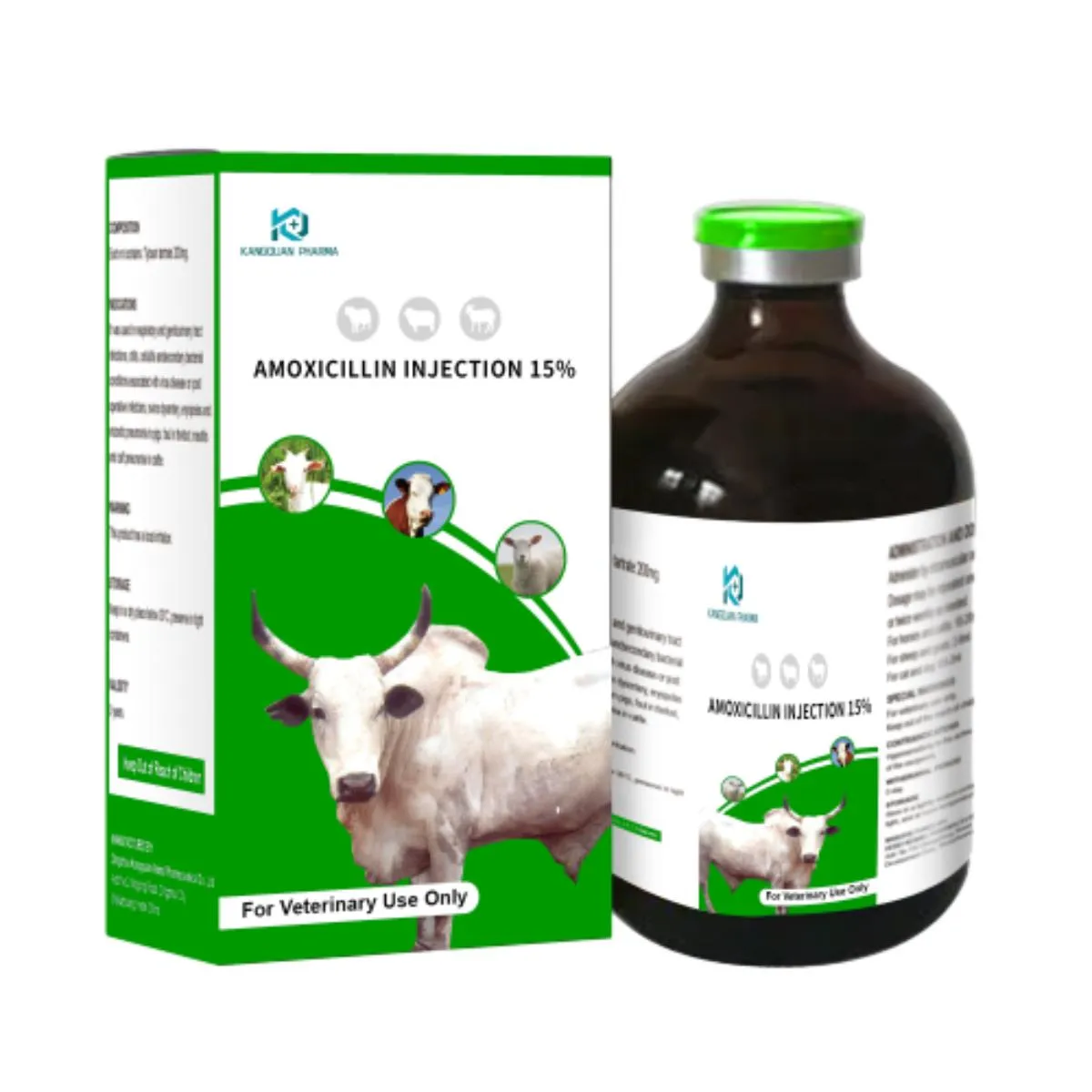- Afrikaans
- Albanian
- Amharic
- Arabic
- Armenian
- Azerbaijani
- Basque
- Belarusian
- Bengali
- Bosnian
- Bulgarian
- Catalan
- Cebuano
- Corsican
- Croatian
- Czech
- Danish
- Dutch
- English
- Esperanto
- Estonian
- Finnish
- French
- Frisian
- Galician
- Georgian
- German
- Greek
- Gujarati
- Haitian Creole
- hausa
- hawaiian
- Hebrew
- Hindi
- Miao
- Hungarian
- Icelandic
- igbo
- Indonesian
- irish
- Italian
- Japanese
- Javanese
- Kannada
- kazakh
- Khmer
- Rwandese
- Korean
- Kurdish
- Kyrgyz
- Lao
- Latin
- Latvian
- Lithuanian
- Luxembourgish
- Macedonian
- Malgashi
- Malay
- Malayalam
- Maltese
- Maori
- Marathi
- Mongolian
- Myanmar
- Nepali
- Norwegian
- Norwegian
- Occitan
- Pashto
- Persian
- Polish
- Portuguese
- Punjabi
- Romanian
- Russian
- Samoan
- Scottish Gaelic
- Serbian
- Sesotho
- Shona
- Sindhi
- Sinhala
- Slovak
- Slovenian
- Somali
- Spanish
- Sundanese
- Swahili
- Swedish
- Tagalog
- Tajik
- Tamil
- Tatar
- Telugu
- Thai
- Turkish
- Turkmen
- Ukrainian
- Urdu
- Uighur
- Uzbek
- Vietnamese
- Welsh
- Bantu
- Yiddish
- Yoruba
- Zulu
Oct . 03, 2024 01:12 Back to list
Optimizing Glutaraldehyde Fixation Protocol for Enhanced Electron Microscopy Imaging Techniques
The Role of 2.5% Glutaraldehyde Fixation in Electron Microscopy
Electron microscopy (EM) is an essential tool in cell biology and materials science, allowing researchers to visualize structures at the nanometer scale. The effectiveness of EM largely depends on the fixation process which preserves the morphology of biological samples. Among the various fixatives available, 2.5% glutaraldehyde is one of the most widely used due to its superior ability to cross-link proteins and stabilize cellular structures.
Understanding Glutaraldehyde
Glutaraldehyde is a dialdehyde compound that functions as a potent fixative by forming covalent bonds with amino groups on proteins, nucleic acids, and other cellular components. This cross-linking preserves the ultrastructure of cells and tissues, significantly enhancing the resolution of the images produced by electron microscopes. The 2.5% concentration is a standard choice, as it provides an optimal balance between fixation quality and the potential for artefacts that can distort the true morphology of the sample.
Preparation and Application
The fixation process with 2.5% glutaraldehyde typically involves several crucial steps. First, samples should be collected and transported in a buffered solution to avoid any changes in cellular structure due to osmotic damage. The fixative is generally prepared in a phosphate-buffered saline (PBS) solution to maintain the pH and ionic strength, thus preventing cellular stress responses that might alter the sample's properties.
Once prepared, the samples are immersed in the fixative for a specific duration, often ranging from 30 minutes to several hours, depending on the sample type and thickness. The time of fixation is critical; insufficient fixation can lead to poor preservation of morphology, while over-fixation can create excessive cross-linking, making samples difficult to process in subsequent steps such as embedding and sectioning.
Advantages of 2
.5% Glutaraldehyde2.5 glutaraldehyde fixation for electron microscopy

One of the primary advantages of using 2.5% glutaraldehyde for fixation is its rapid penetration into tissues, which helps in preserving fine detail within cellular structures. This is particularly important for observing organelles, membranes, and cytoskeletal components in their near-native states. Additionally, glutaraldehyde can be used in conjunction with osmium tetroxide, another common fixative that stains lipids and enhances contrast in EM images, allowing for a comprehensive visualization of the sample's ultrastructure.
Furthermore, glutaraldehyde is effective in preserving a wide range of biological materials, including plant tissues, animal cells, and microorganisms. Its versatility makes it suitable for various research applications, from studying cellular organelles to investigating the intricate architecture of tissues.
Considerations and Limitations
Despite its advantages, the use of 2.5% glutaraldehyde fixation is not without limitations. One significant concern is the introduction of artefacts during the fixation process, especially if the fixation is not performed under optimal conditions. For example, improper pH, temperature, or fixation time may result in the over- or under-fixation of samples, leading to misleading interpretations of cellular architecture.
Additionally, glutaraldehyde is highly toxic and poses health risks to researchers handling it. It is essential to carry out all procedures involving glutaraldehyde in a well-ventilated area, using appropriate personal protective equipment, including gloves and goggles.
Conclusion
In conclusion, 2.5% glutaraldehyde plays a critical role in the field of electron microscopy by providing effective fixation for a variety of biological samples. Its ability to preserve ultrastructural details while facilitating the visualization of complex cellular architectures makes it an indispensable tool in biological research. However, careful attention must be paid to the fixation parameters and safety precautions to ensure accurate results and safeguard the well-being of researchers. As EM continues to evolve with advancements in technology, the use of glutaraldehyde fixation remains foundational for studies aimed at unraveling the complexities of biological systems at the nanoscale.
-
Guide to Oxytetracycline Injection
NewsMar.27,2025
-
Guide to Colistin Sulphate
NewsMar.27,2025
-
Gentamicin Sulfate: Uses, Price, And Key Information
NewsMar.27,2025
-
Enrofloxacin Injection: Uses, Price, And Supplier Information
NewsMar.27,2025
-
Dexamethasone Sodium Phosphate Injection: Uses, Price, And Key Information
NewsMar.27,2025
-
Albendazole Tablet: Uses, Dosage, Cost, And Key Information
NewsMar.27,2025













